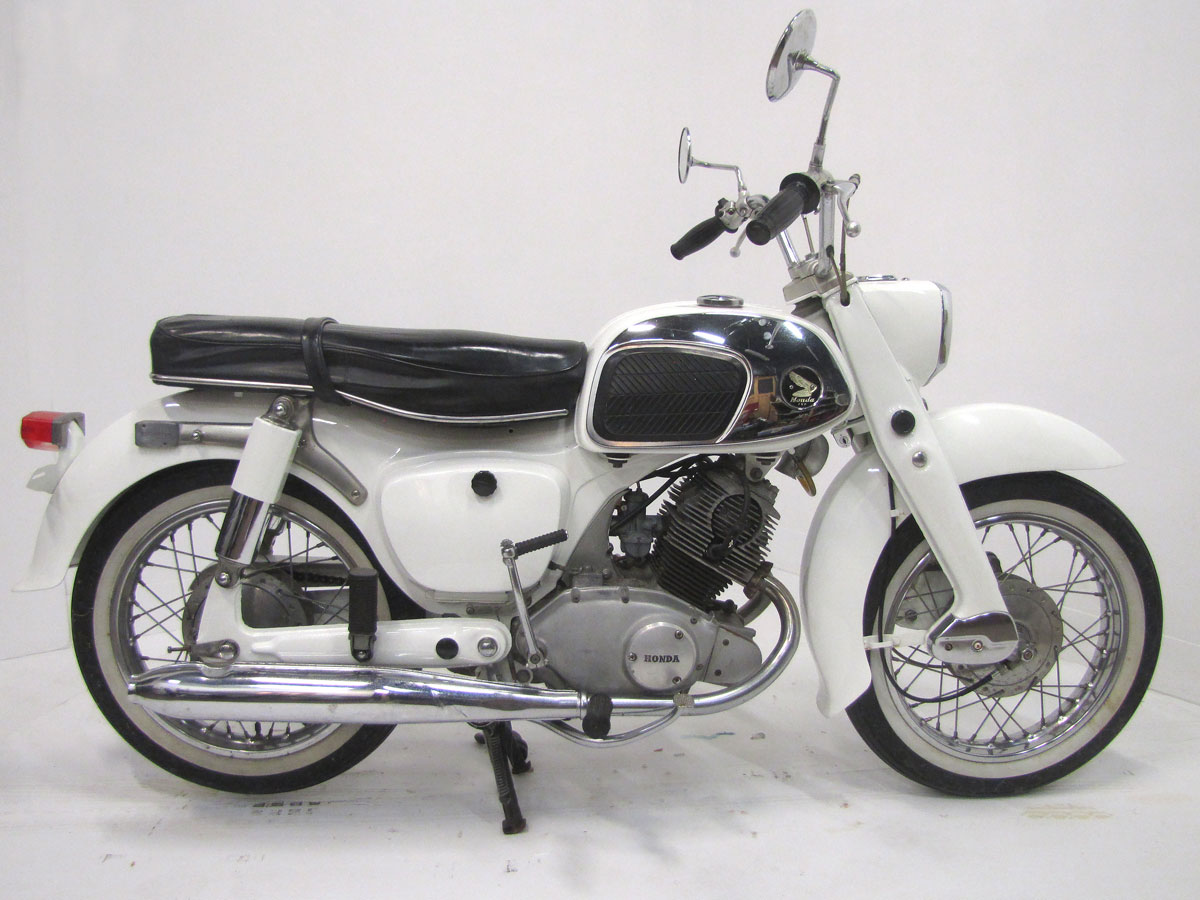
The Honda Dream series was touring oriented and encompassed machines from 154cc’s to 305cc’s, all OHC parallel twins. Its styling with squared headlight, fender edges and distinctive “flips” at the fender tips, is sometimes referred to as “pagoda styling” as the shapes mimic some forms of early Eastern architecture. The frame design makes use of the electric start engine/transmission unit as a “stressed member.” This frame engineering is derived largely from the work of a couple of European makers, BMW and NSU to name two. Honda perfected the pressed steel/backbone frame and used it on numerous motorcycles from 50cc to 305cc’s. In addition, a pressed steel leading link fork, housing springs and shock absorbers and an integrated headlight case with speedometer, also squared off, worked well on dozens of machines. Black tires, then wide whitewalls, then narrow, showed up on many of the bikes in this series as did enclosed final drive chains.
The Honda 150, sold in America from late 1959 to 1967 remains a popular machine with collectors. It was available in black, scarlet red, blue and white. The CA95 engine design places the cam chain to one side, while the later CA160, CL160 and CB160 engine ran the cam chain between the two cylinders and cooled better. The Honda 150 CA95 was superseded by the CA160, or CA160 Touring 160 which used the newer design Honda CB160 style engine.
Honda used this very capable 124cc/154cc single overhead cam parallel twin engine design in several models shipped to America including the CA95 “Dream” and, with enhancements, the 125cc CB92 Benly Super Sport 125, also known as the “Benly 125.”
The National Motorcycle Museum has a good collection of Japanese motorcycles including early “pre-importation” 1950’s Honda models along with 1960’s, 1970’s and 1980’s machines, mini-bikes, street and off-road. This Honda CA95 was graciously donated by Martin Carver.
Specifications:
-
- Engine: 360 Degree Parallel Twin
- Design: Single Overhead Cam/Air-Cooled
- Bore & Stroke: 44mm x 44mm Bore & Stroke
- Displacement: 154cc’s
- Carburetor: Keihin 22mm
- Electrics: 6V Battery, Points / Coil
- Horsepower: 16.5HP
- Primary: Helical Cut Gears
- Transmission: Four-Speed
- Clutch: Wet, Multi-plate
- Final Drive: Enclosed Chain
- Starting: Kick and Electric
- Electrics: 6V / Alternator / Coil & Points
- Suspension: Leading Link / Swingarm, Dual Shocks
- Wheels/Tires: 3.00 x 16″ and 3.00 X 16″
- Brakes: Drum, Front and Rear
- Wheelbase: 52 Inches
- Weight: 245 Pounds
Leave a Reply
Want to join the discussion?Feel free to contribute!

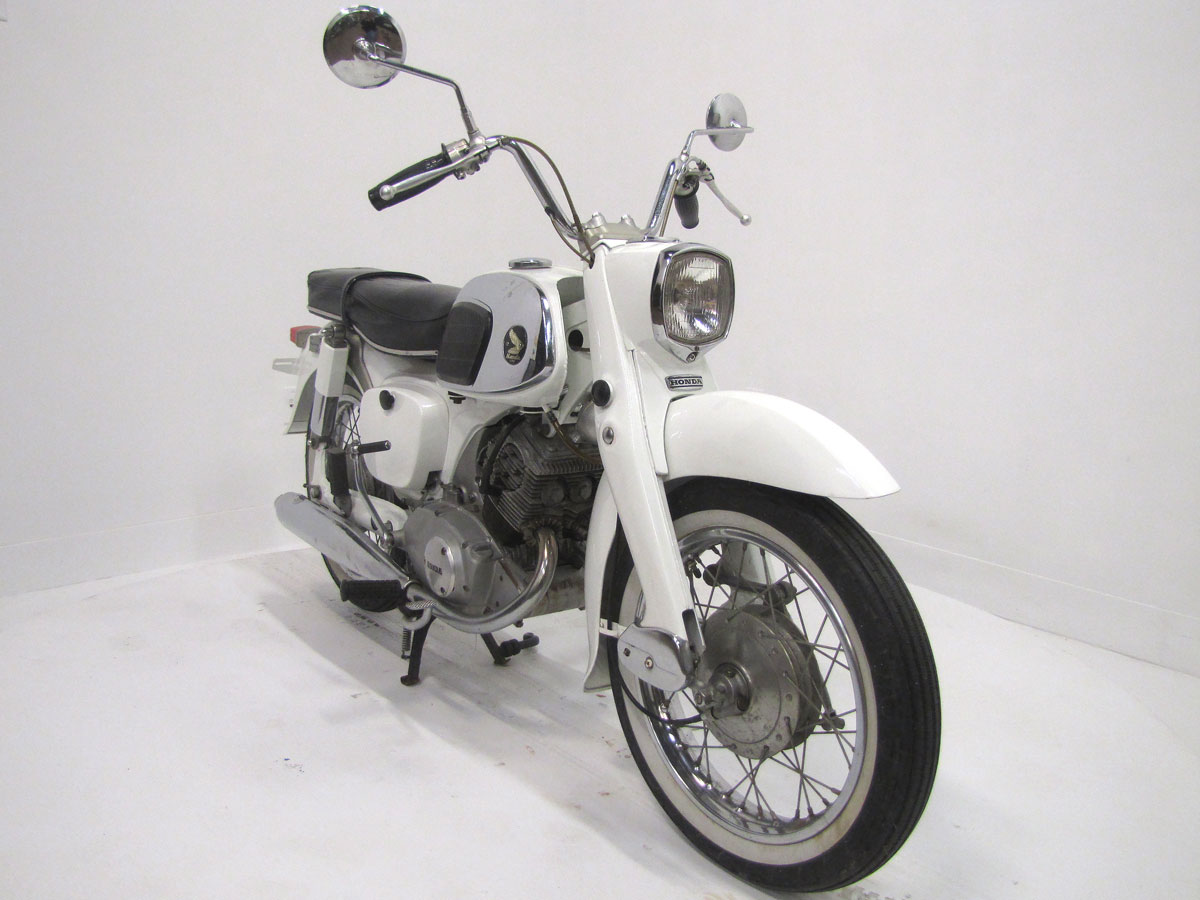
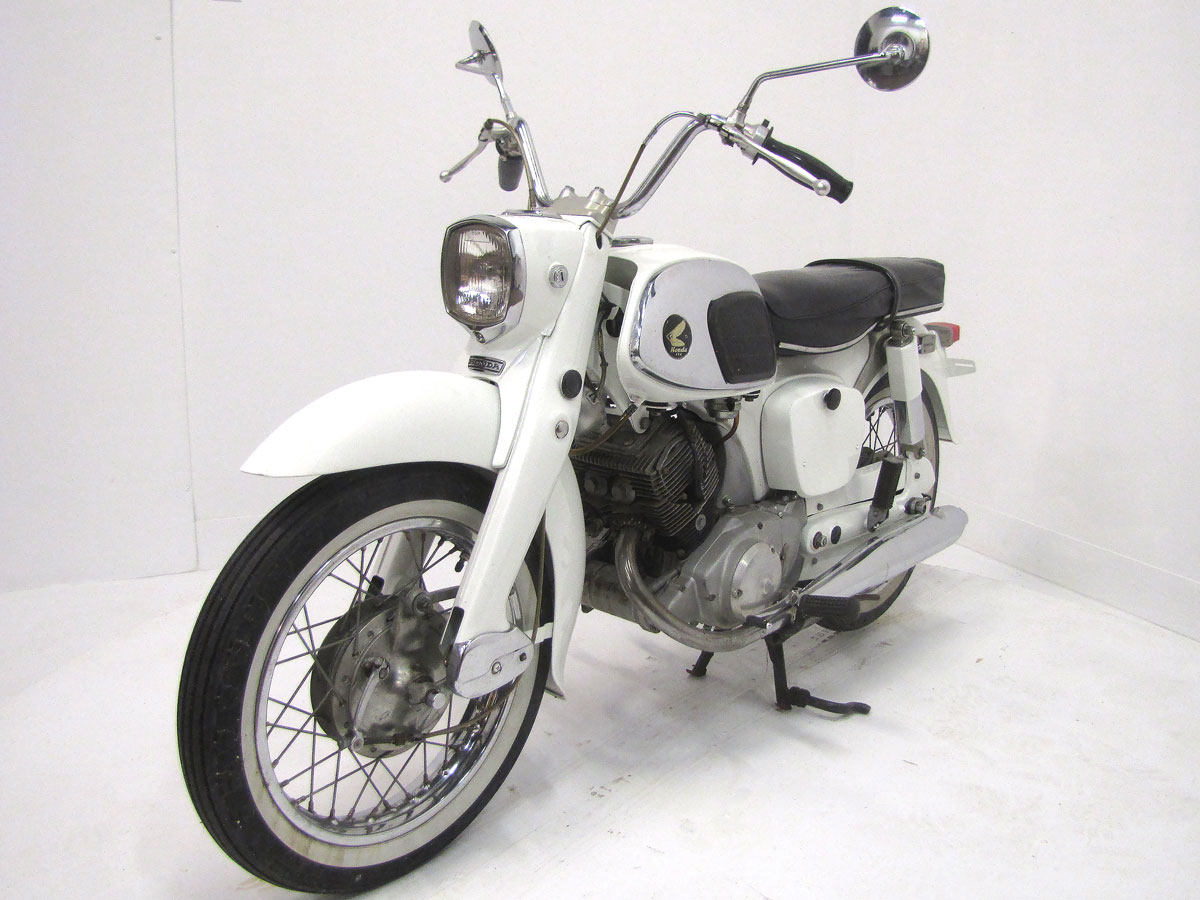
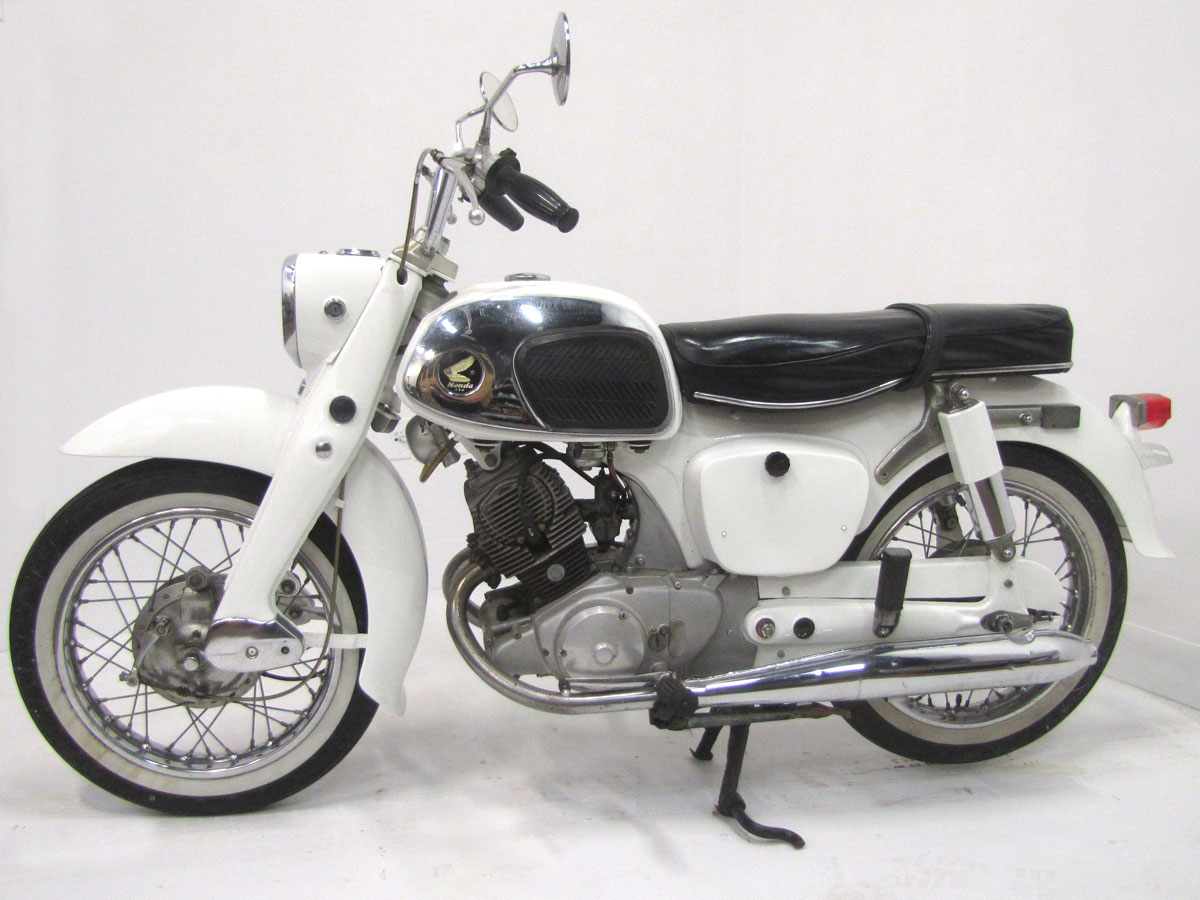
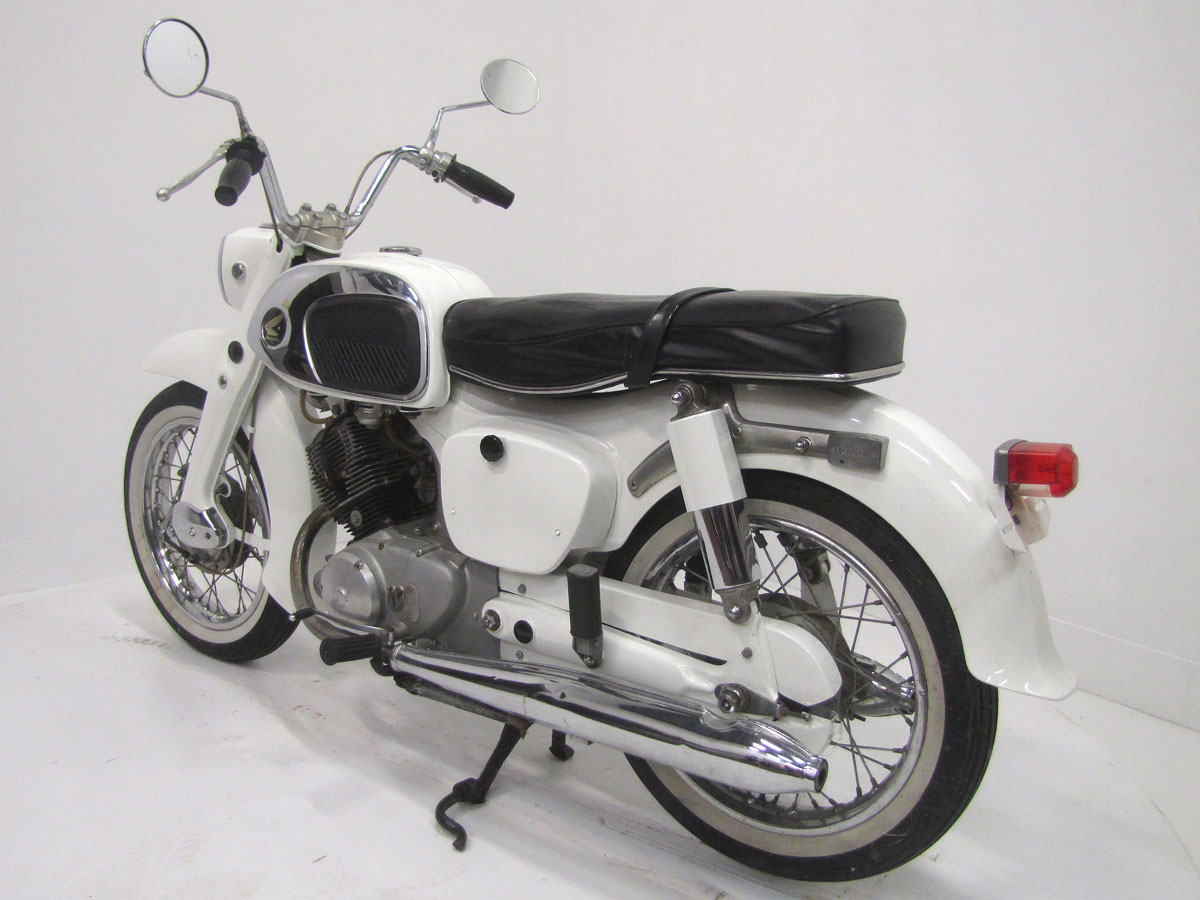
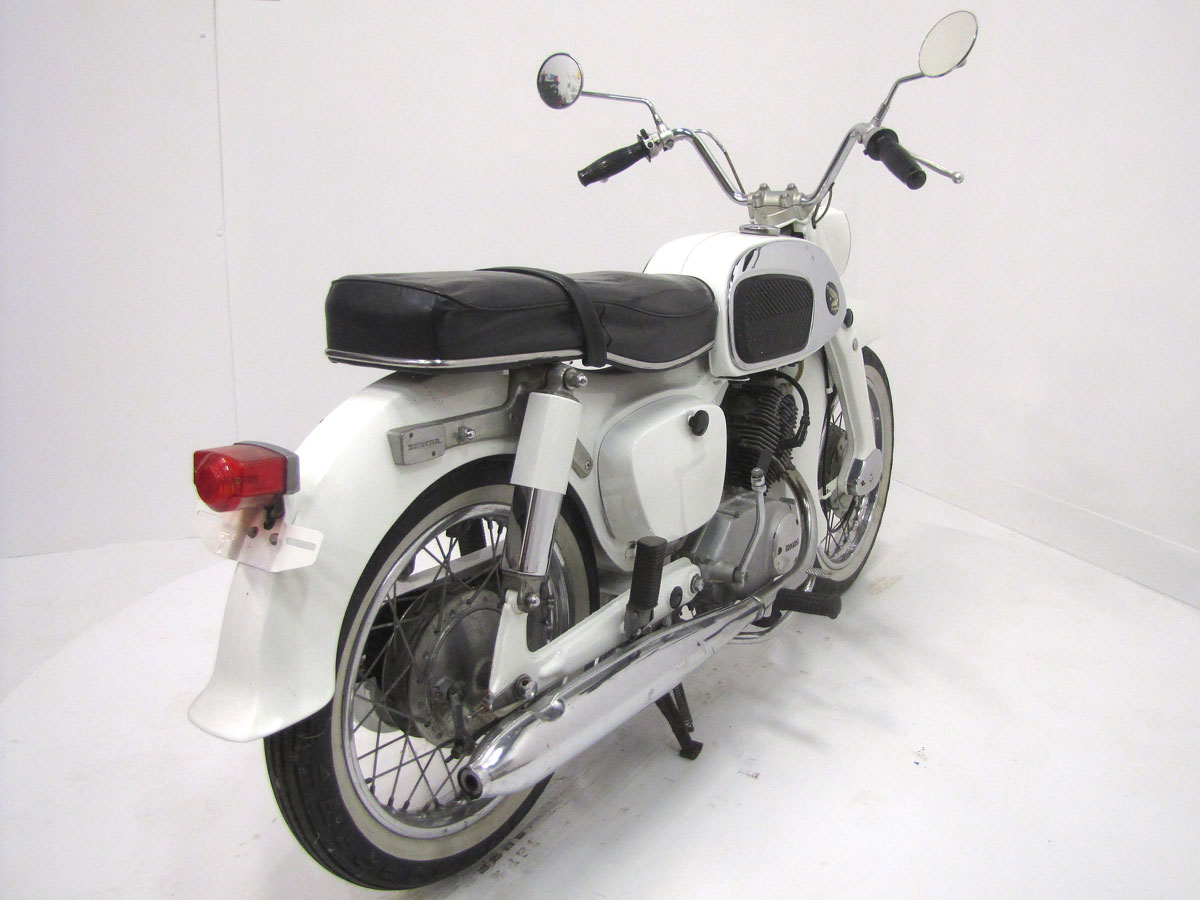
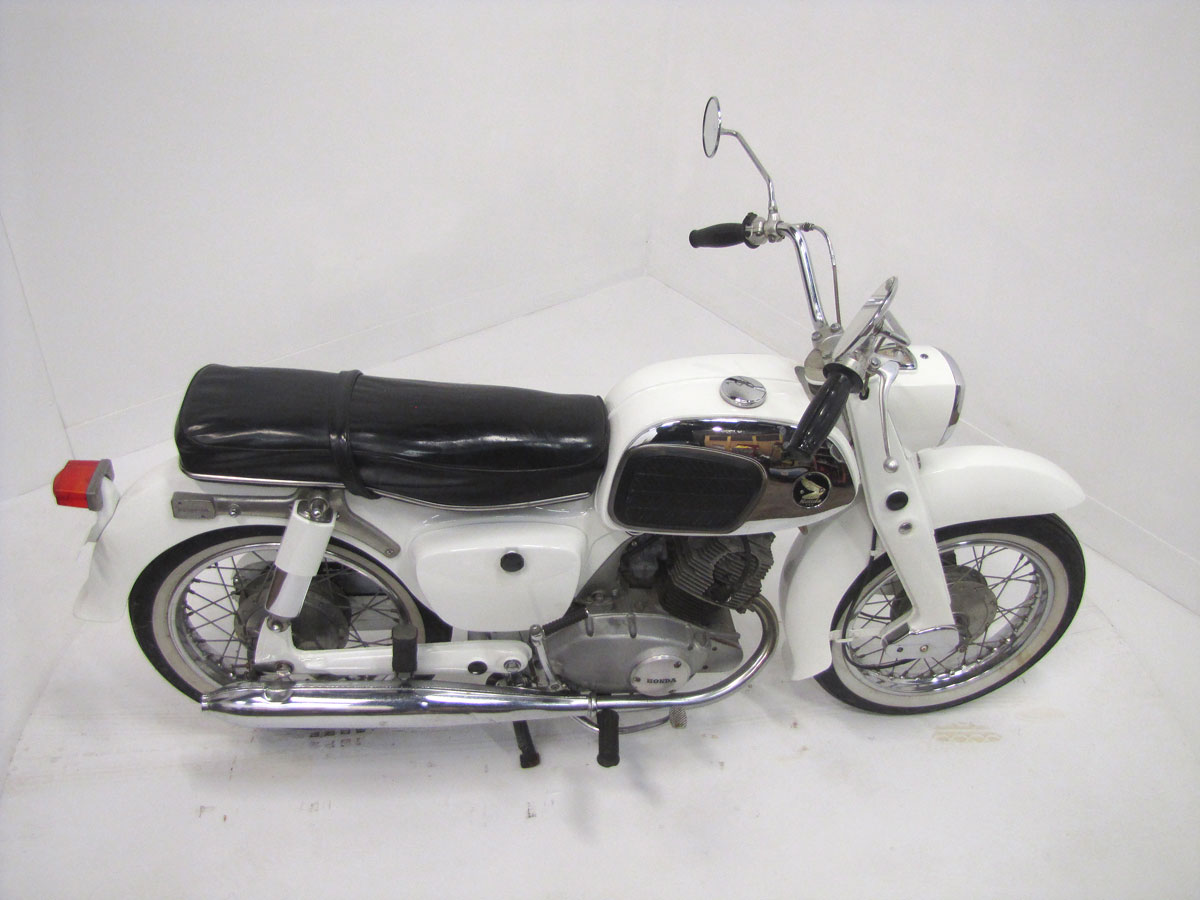
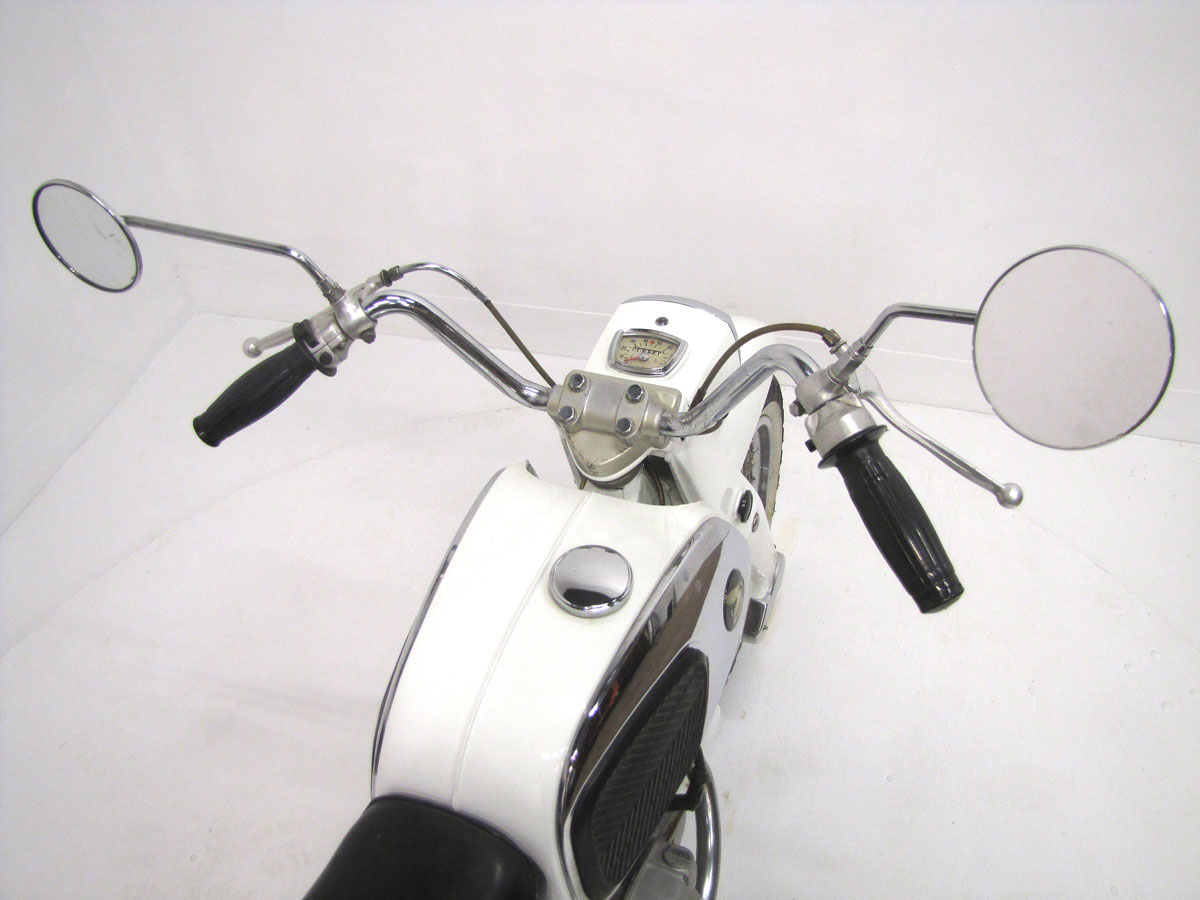
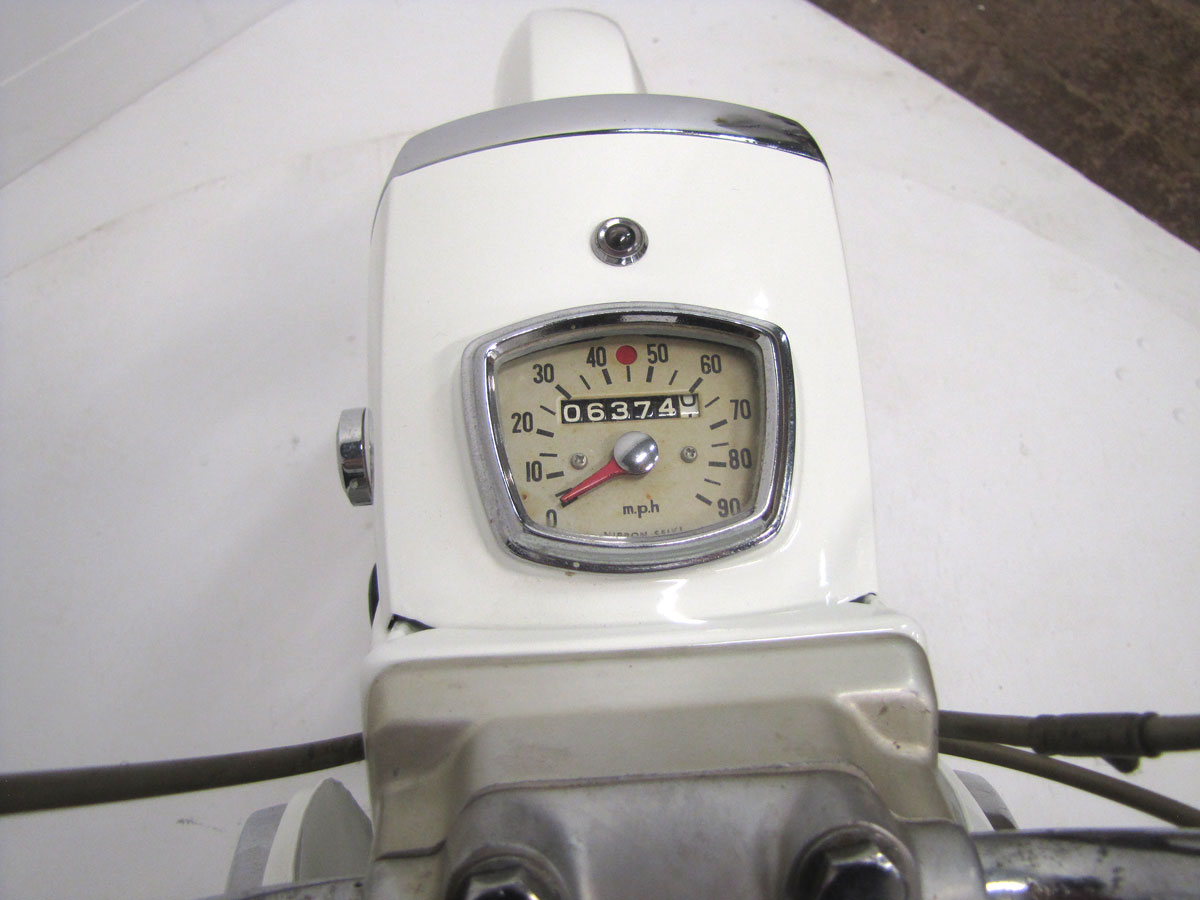
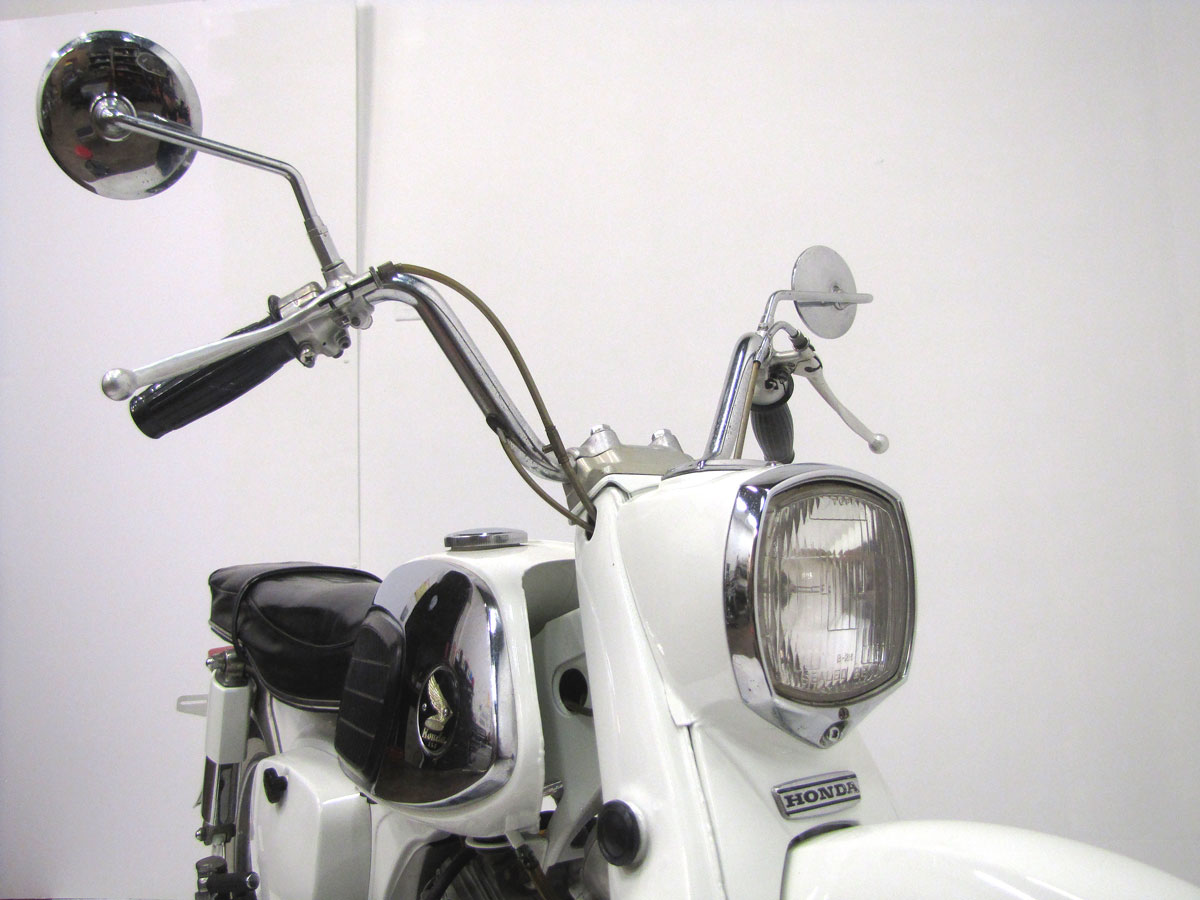
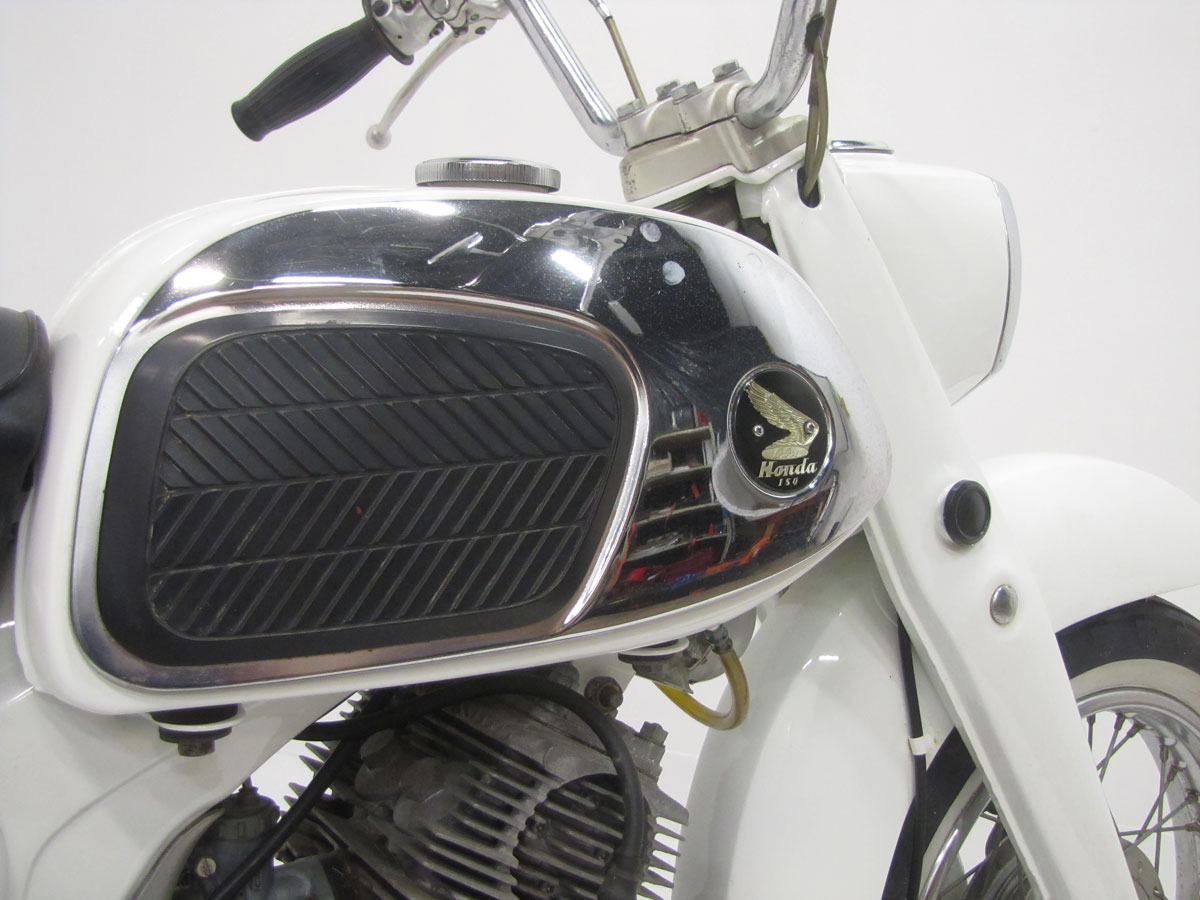
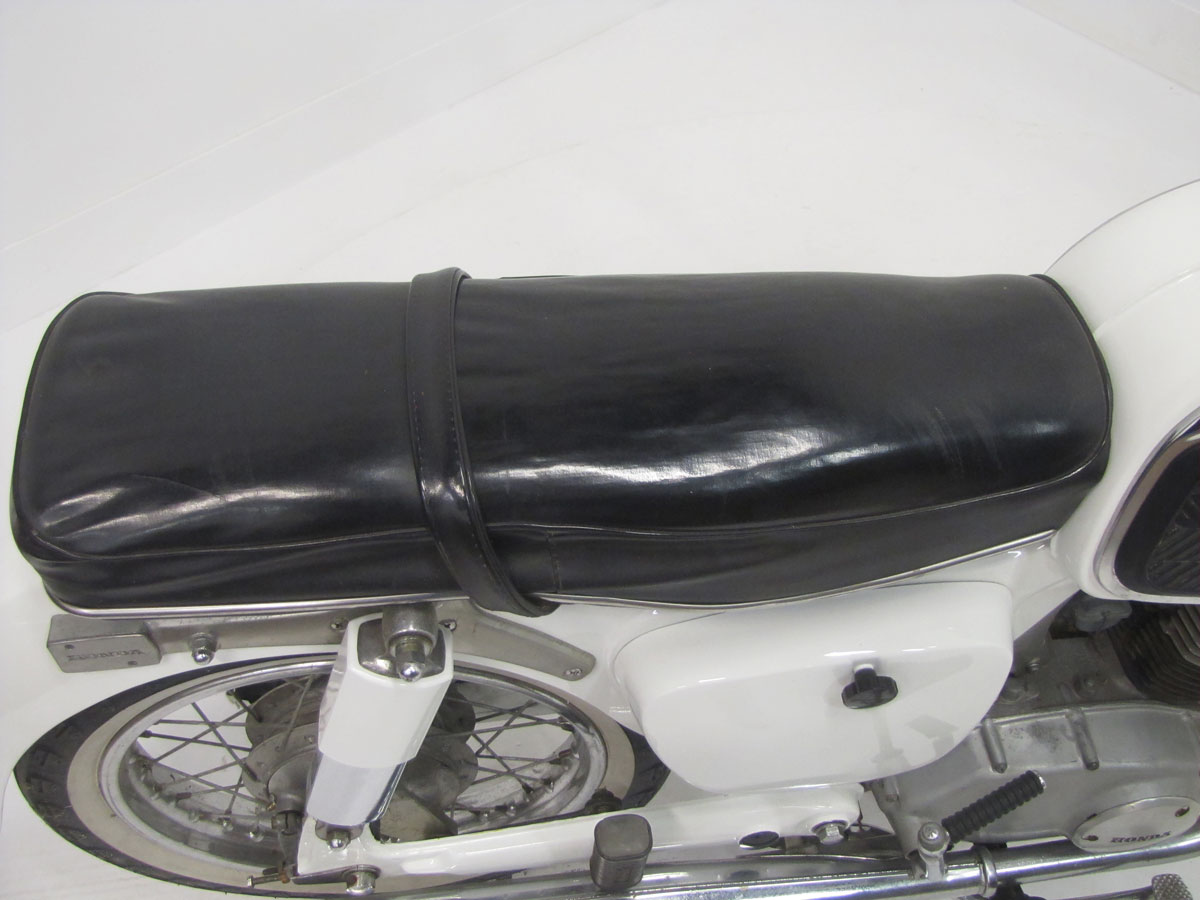
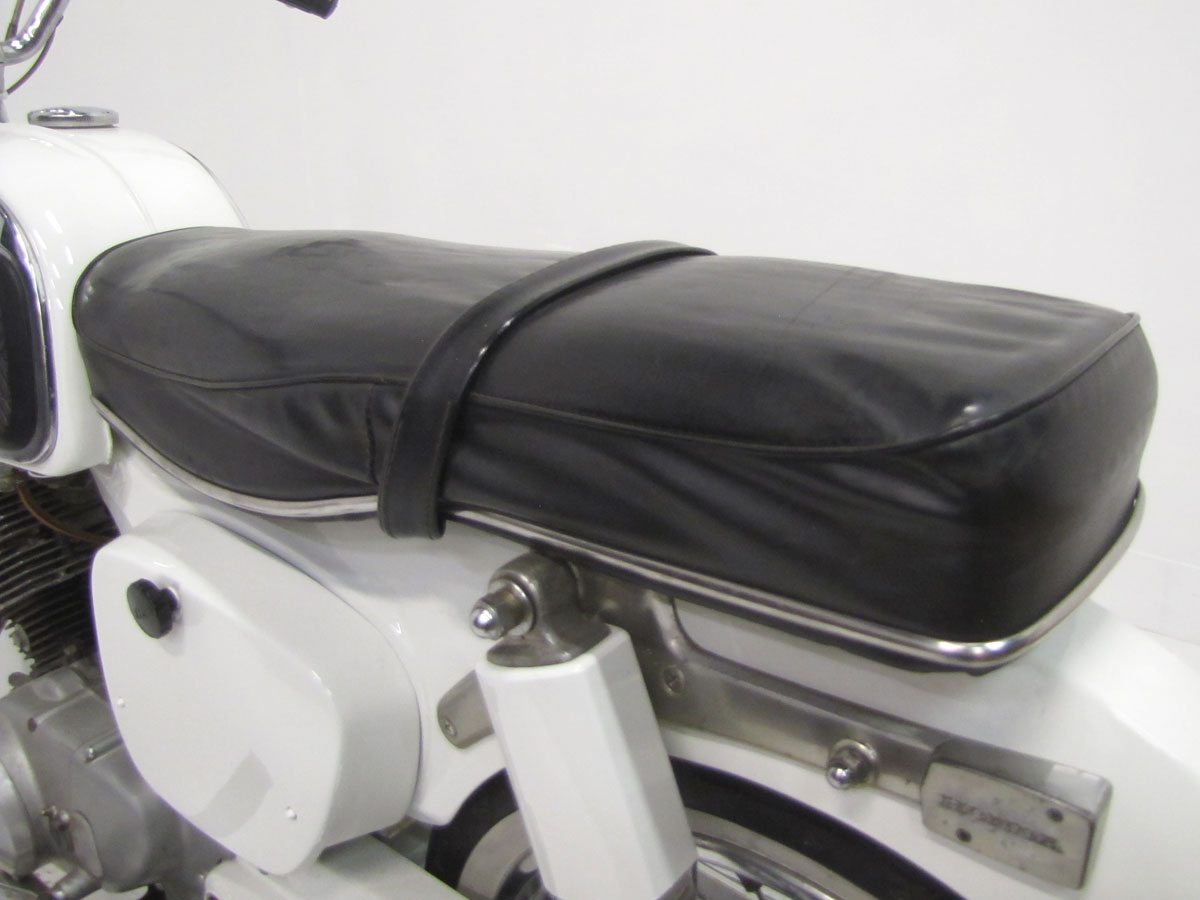
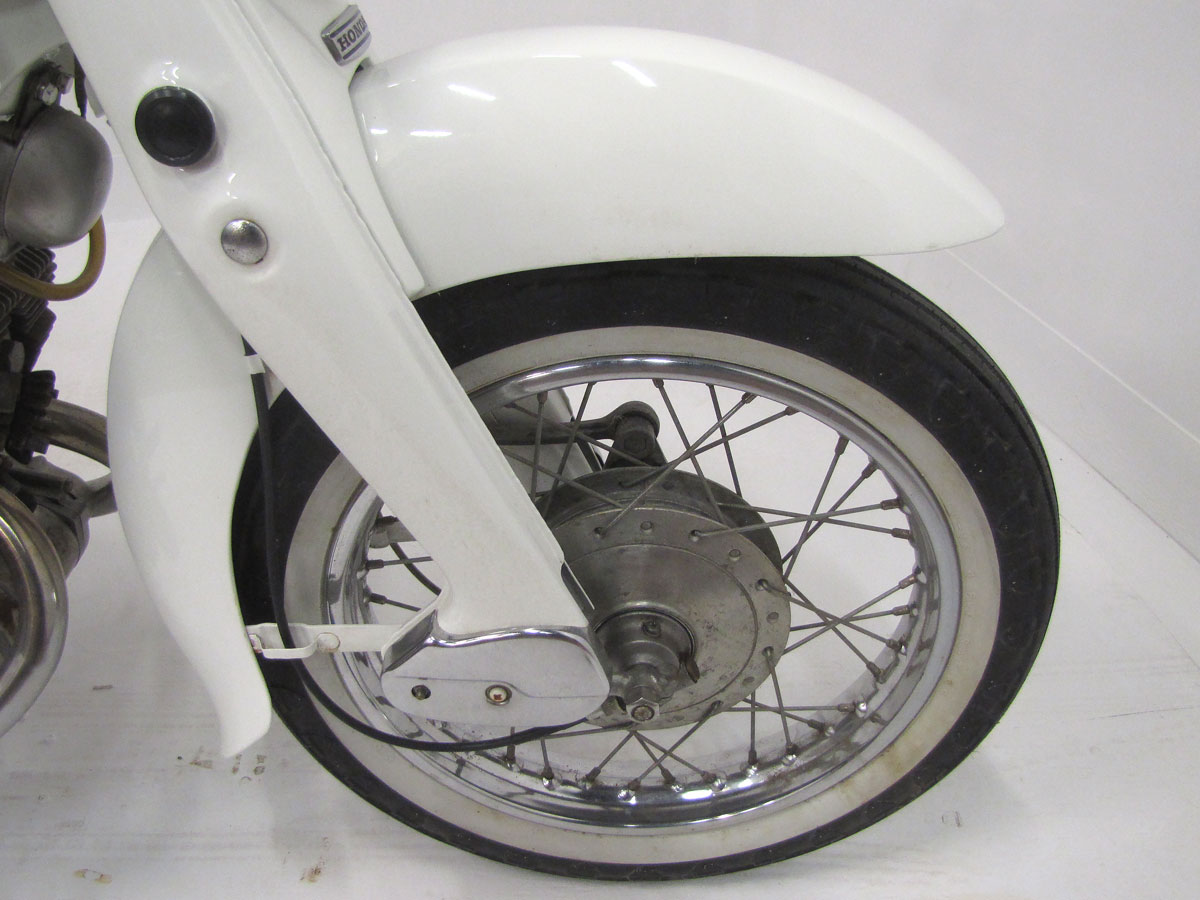
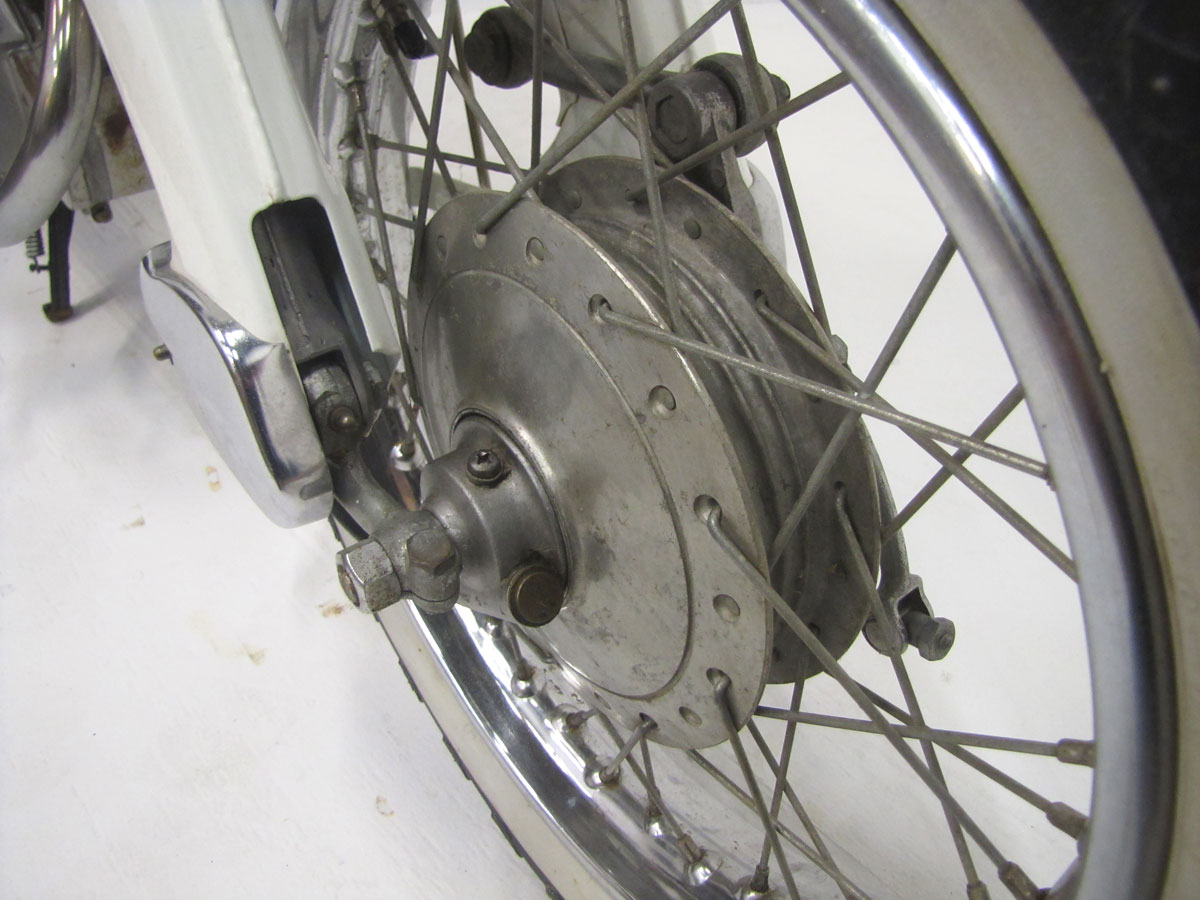
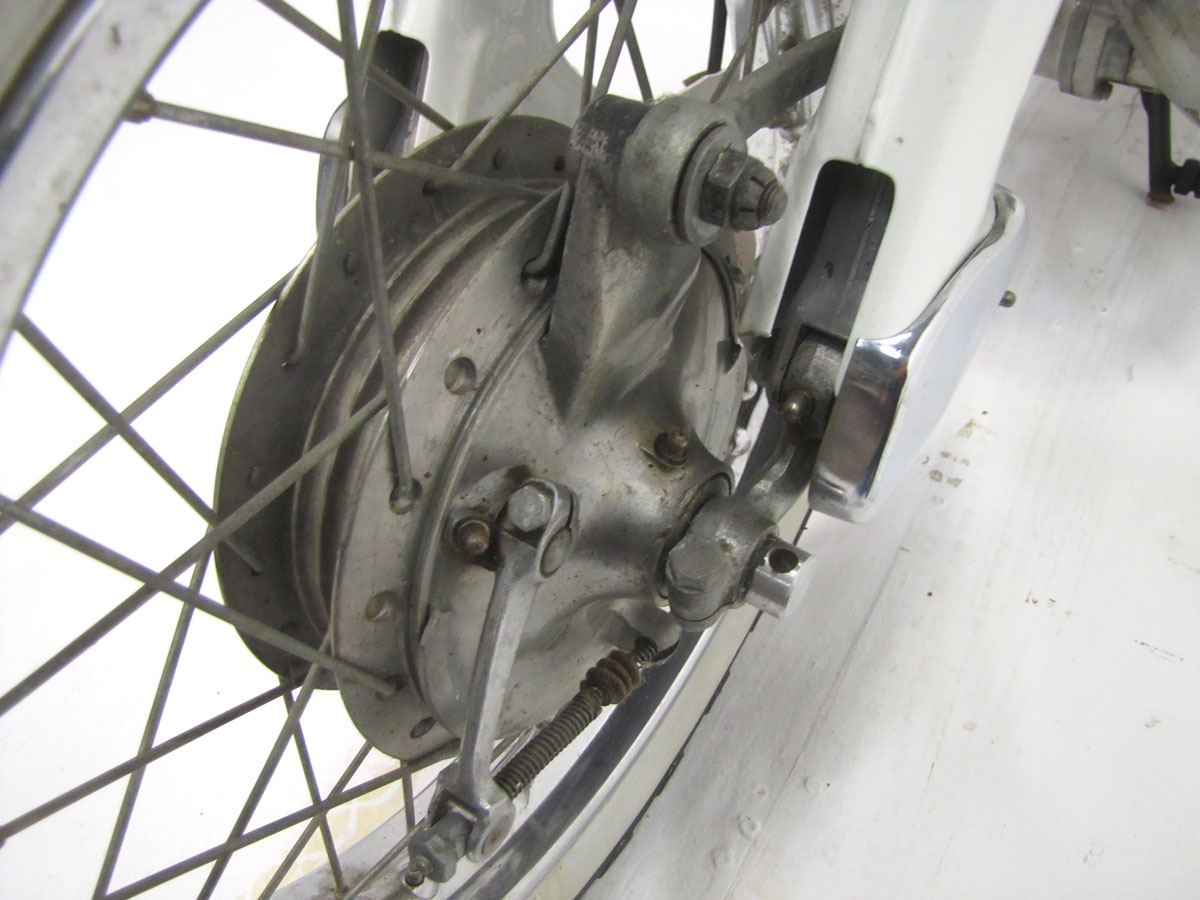
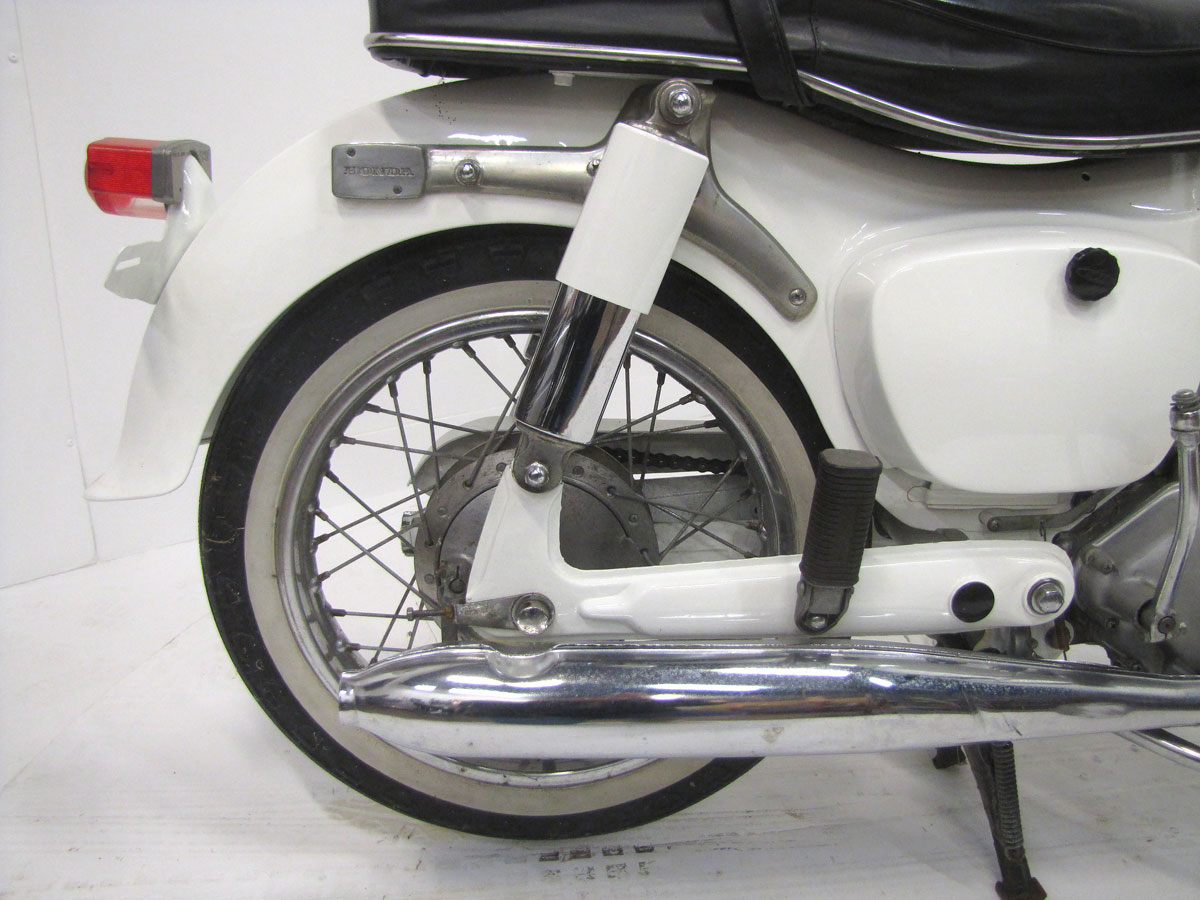
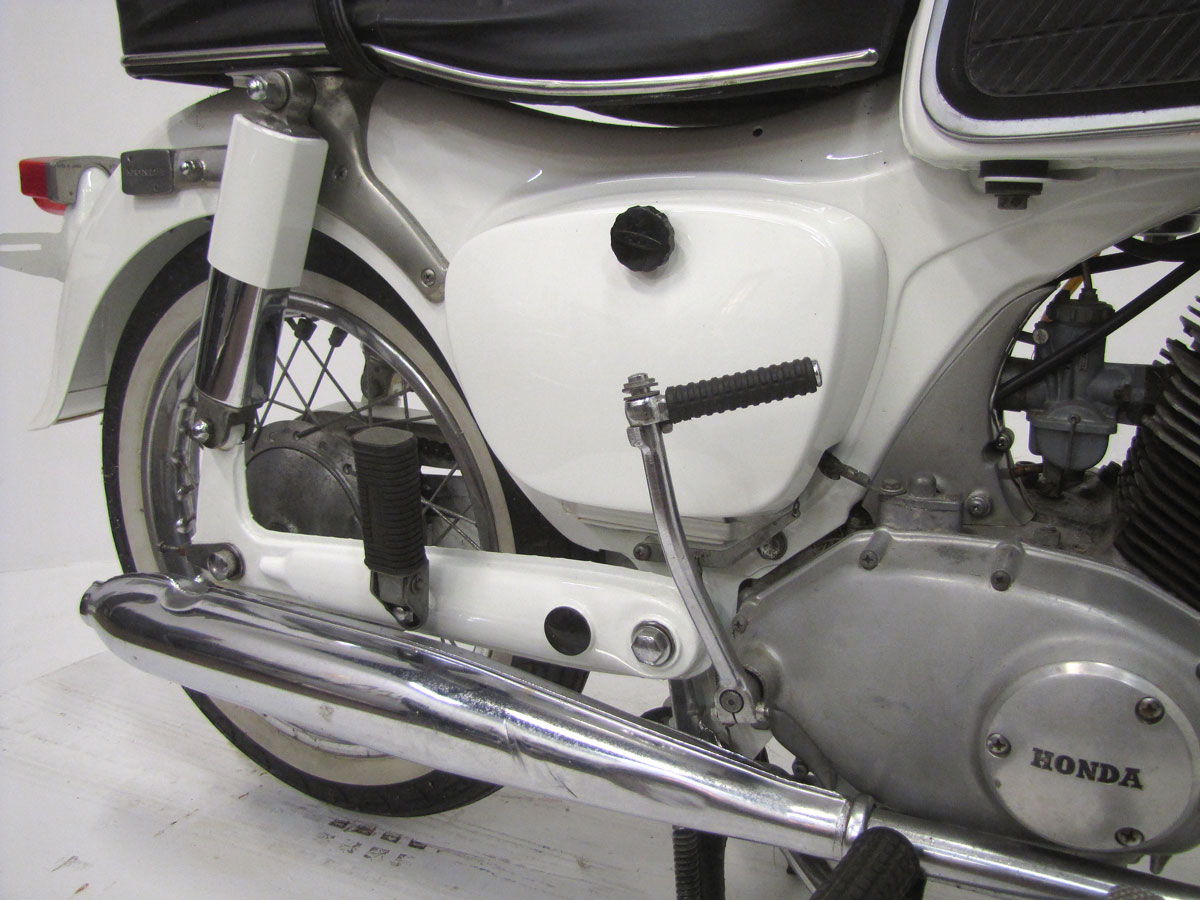
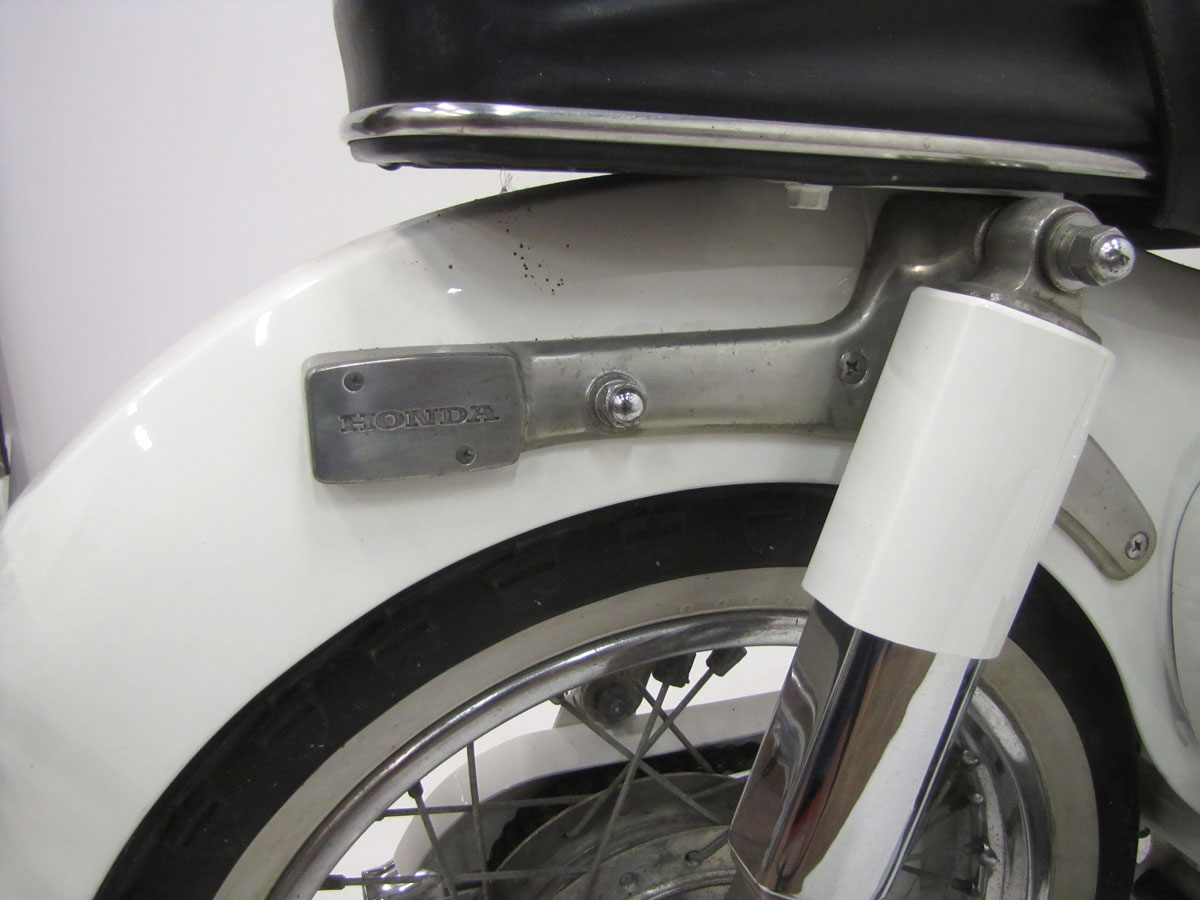
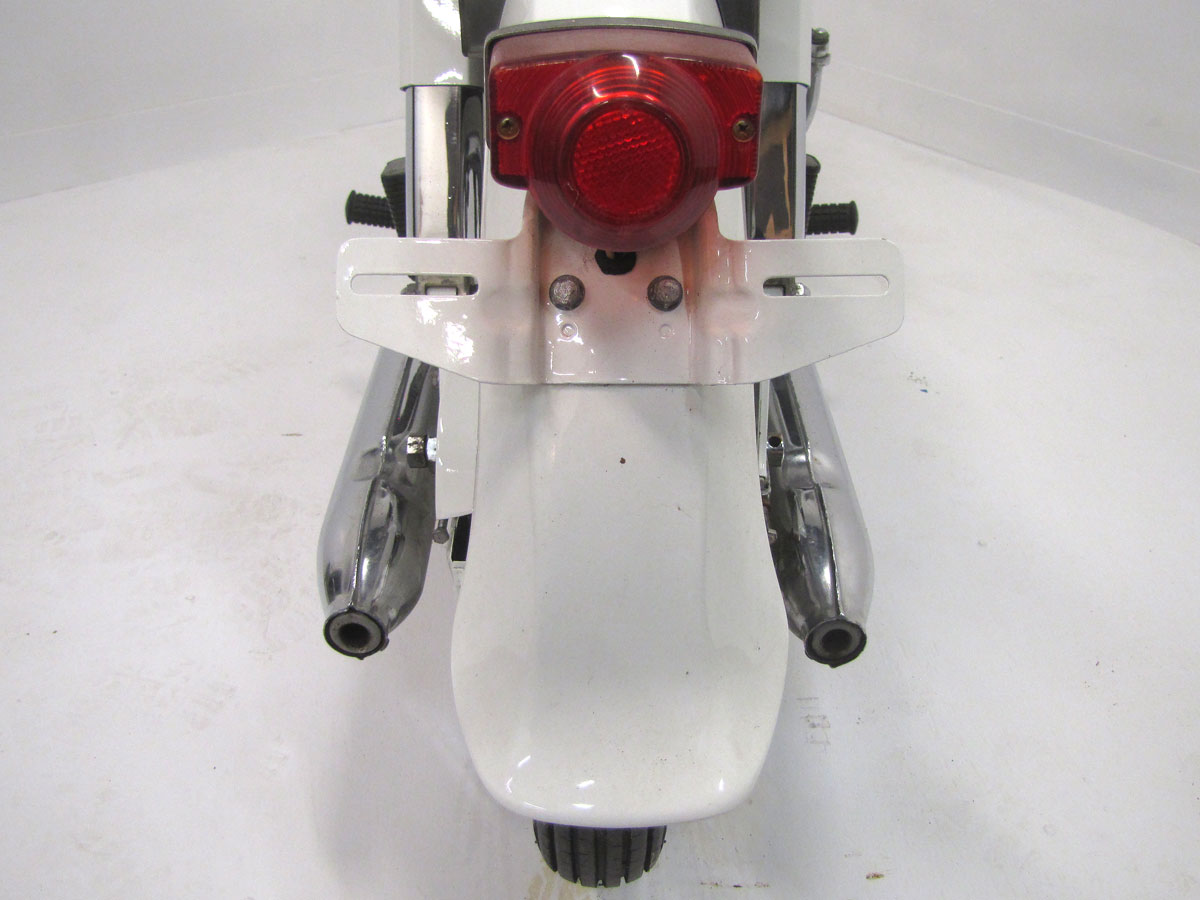
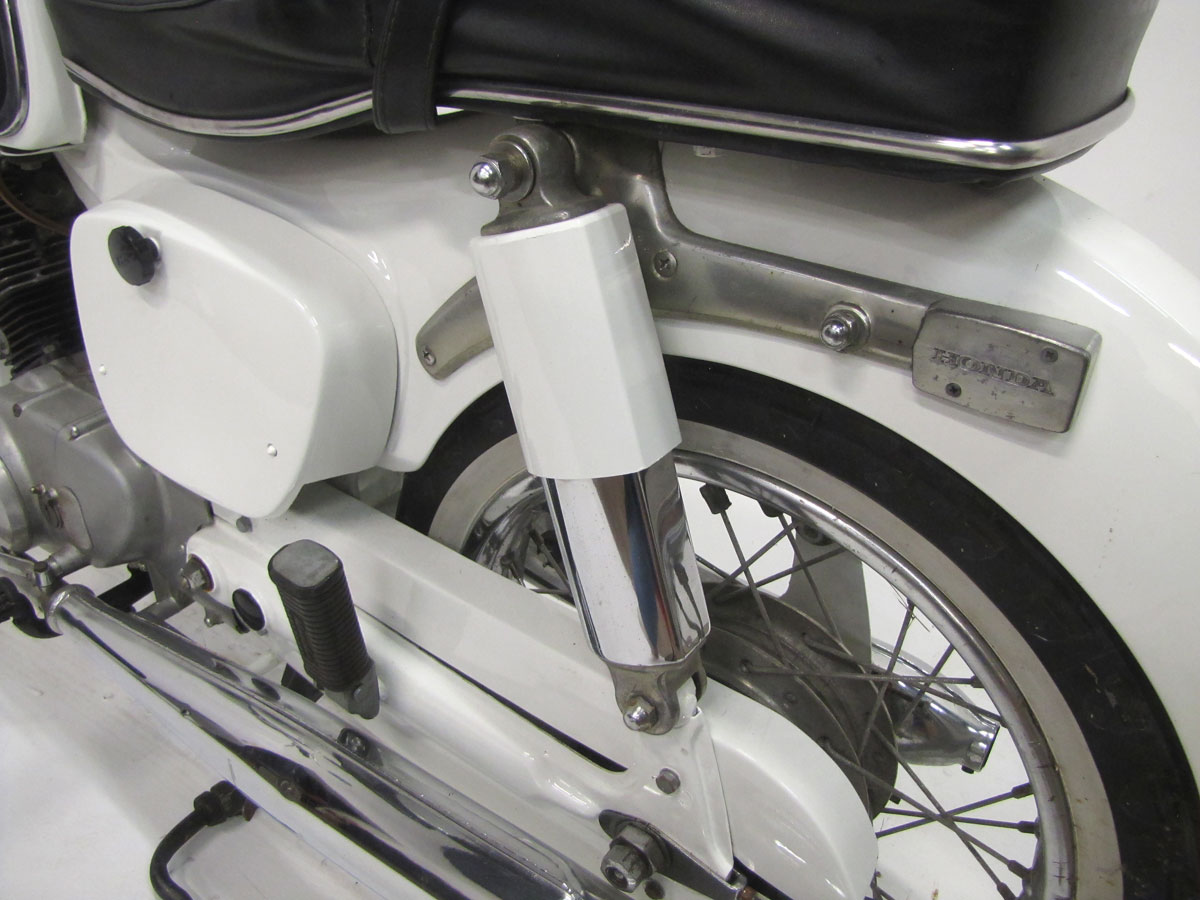
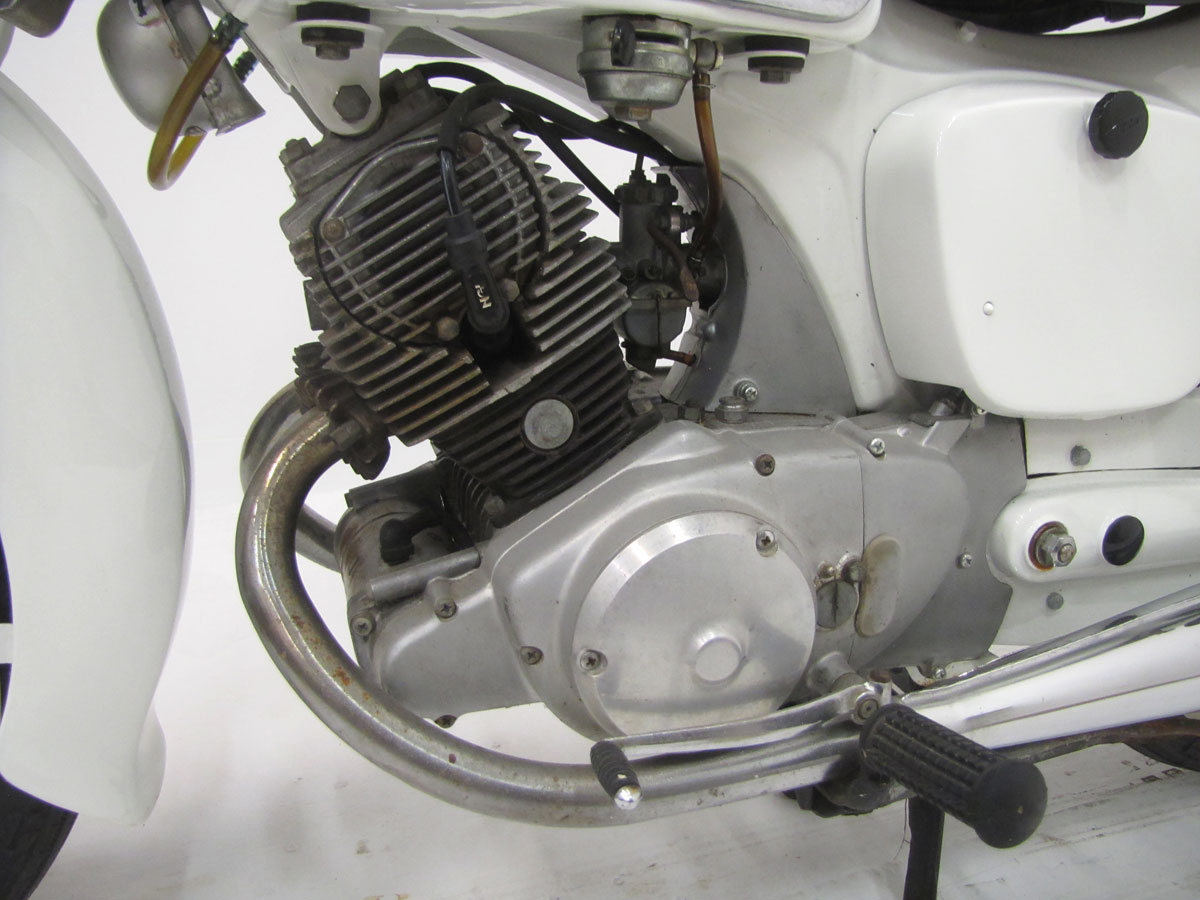


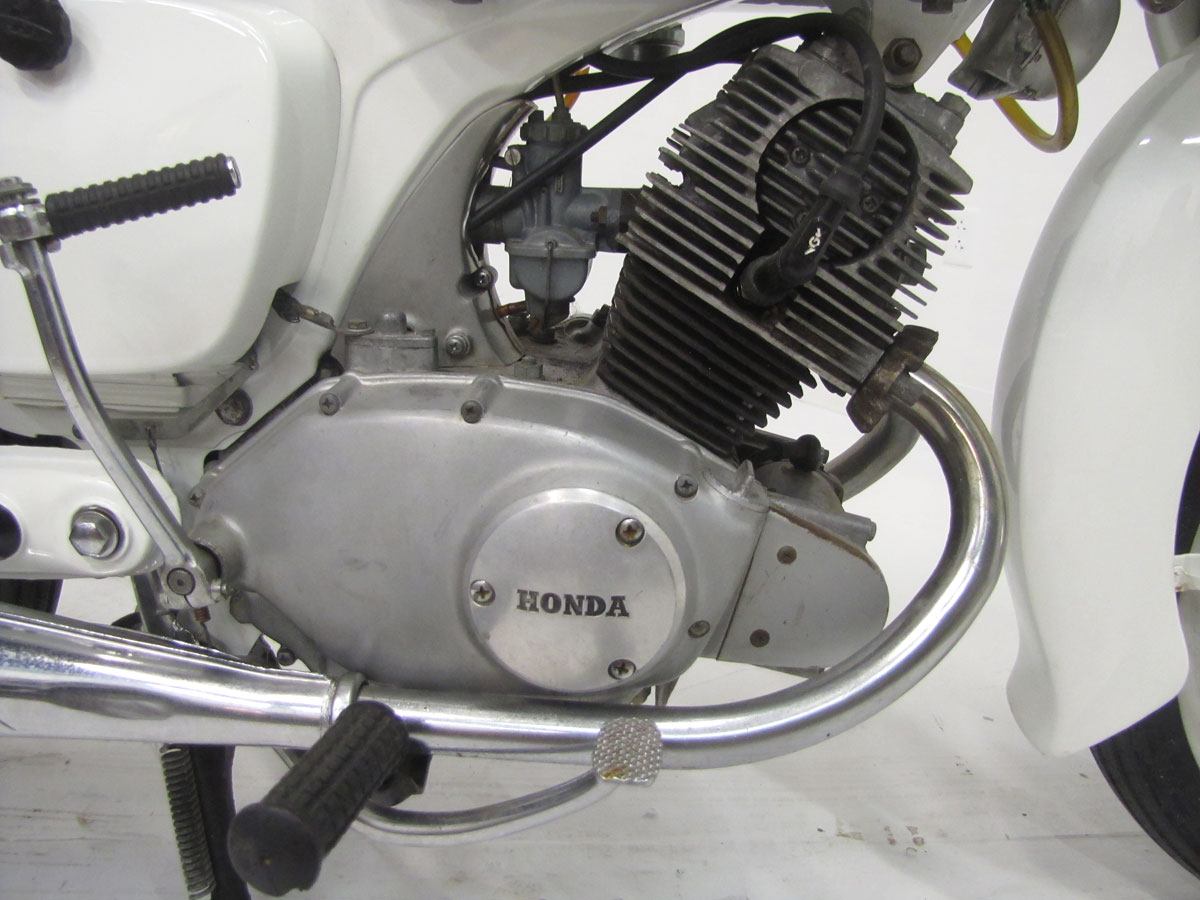


1964 Honda 150 Dream $495.00 Wish I still had it .
Honda actually called this the Benly Touring. Not the very best handling, but a capable, comfortable small machine. The Super Sport and Super Sport Racer handled better with stiffer suspension, better damping, and larger wheels. I love my two 150 Tourings and my Super Sport Racer. Some of the best machines I ever owned or worked on. Very much ahead of their time…125 to 150 cc twins? Electric starters? Unheard of in 1959. Paved the way for much of what we know today.
The bore and stroke on a CA95 is not 44x44mm. Those dimensions are for the CB92 or a C/CA92 125cc twin from that era.
I am putting together my 1965 CA95 I got it in a yard Sale in 2006 for $40 ,
Tore it down painted and refurbishing
I have a 1965 Honda 150 For Sale in Tallahassee, FL. It has been sitting for at least 35 years and the Title is dated 1983. Looks like all the parts (except gas cap) and 2 never used tires.! Any advise?
Will buy. 904 4540589
In 1969 two of us put larger sprockets on the rear of the 150’s we had. Also increased the jet size in carb. This allowed us to rev engines higher and rather than slowing them down we could achieve 90 mph with revs climbing into a power band with a lot more HPower. Before: The British ratio would barely allow 60 mph and a head wind would slow you down… steep hills and cross country were no longer a problem. Wow Electric start was awesome. These were well built engines and could handle the revs.
Best regards to all.
BOB
I just got one of these beauties from a friend. It is definitely a project bike. I’m on the fence whether to sell it or completely refurbish it…all of it is 100% original no major damage just been sitting. Best I see so far it needs a new front axle hub and a whole new wiring harness, the one on it is still there but it’s just shot from sitting. Anyone know if it’s easy to swap a bigger engine for the 95 in it?
Great looking bike for it’s time.
In 1965 or 1966 they switched to 12 volt system in the middle of the year. 80 mpg city and highway. Very reliable up to 25,000 miles then everything wore out at once. First bike.